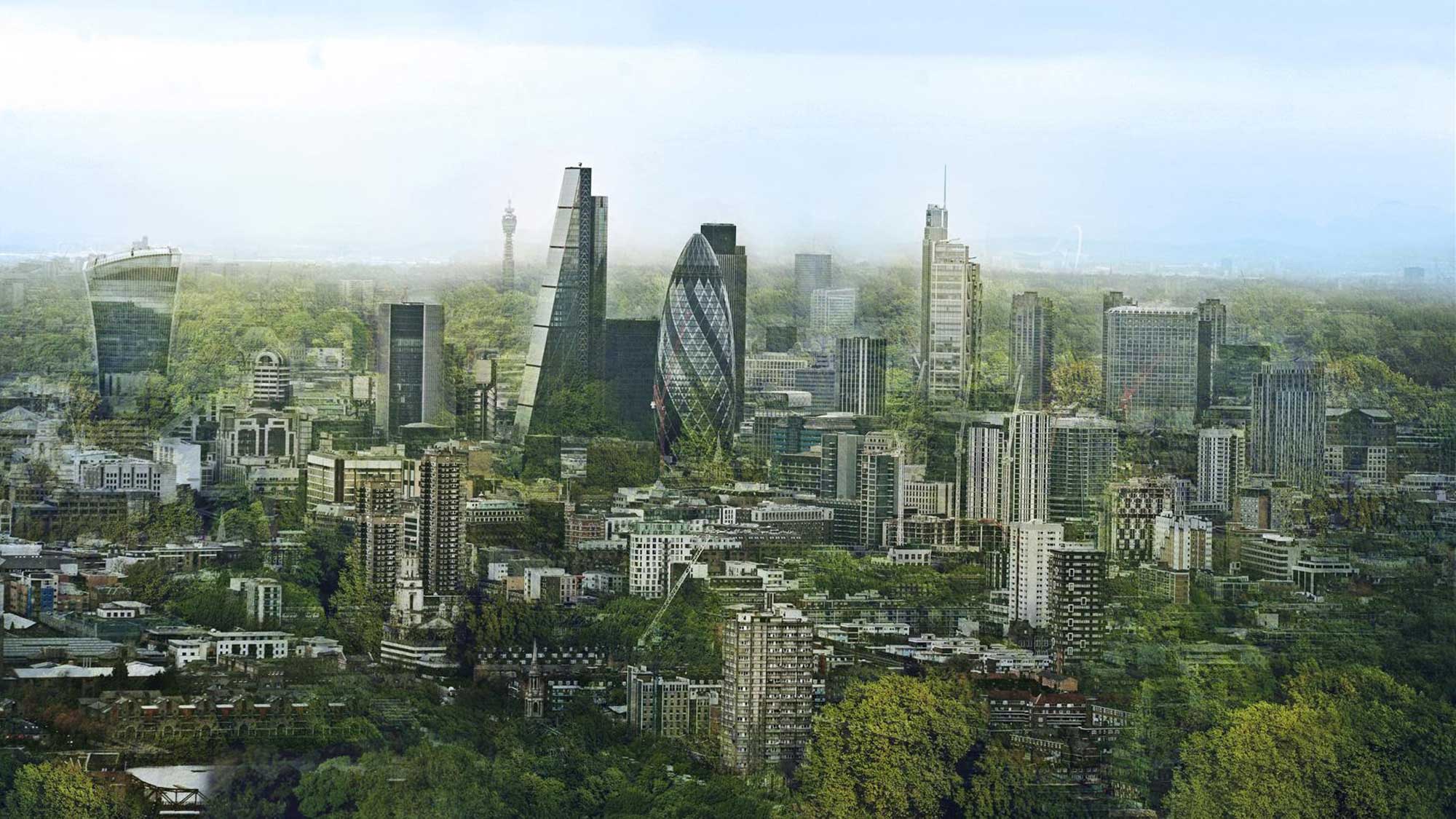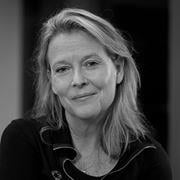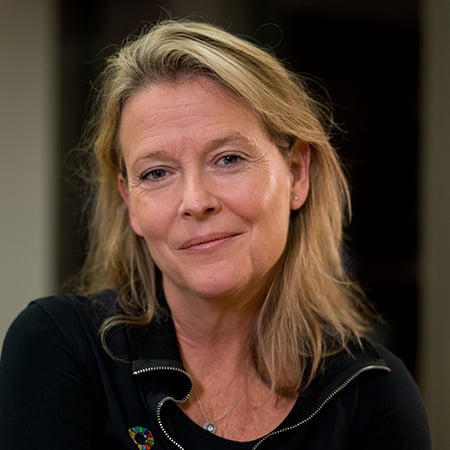Our patterns of development are unsustainable. Over the last 50 years, living conditions globally have improved, lifting millions out of poverty and generating wealth and prosperity for many. But inequity has increased, and the health of our planet has suffered. Increasing urbanisation, unsustainable production methods and growth in consumption mean we’ve reached a tipping point where we are running out of resources and exceeding planetary limits. Biodiversity is dangerously depleted; our oceans are acidifying and polluted with plastic; and climate change is no longer a threat but a crisis.
“The Earth does not belong to us. We belong to the Earth ” Neil Armstrong
Designing our future
Sustainable development means recreating a balance between the needs of a growing world population and the finite resources and health of our planet. No one claims this is easy. It will require transformational change in every aspect of society globally, including how we think about and design the places where people live and work.
The built environment plays a fundamental role in creating a sustainable future, involving many of the 17 SDGs. Buildings and infrastructure are essential in enabling communities to survive and thrive by providing essential services, protection from the environment and enabling the flow of goods, services and knowledge that is essential to economic activity. But their construction and operation use vast quantities of materials and energy. Buildings and infrastructure negatively impact air quality, biodiversity and water resources; and currently are responsible for 38 per cent of global energy-related emissions.
We need to find a better way.
Green building design and beyond
It has been almost 20 years since Beddington Zero Energy Development demonstrated that development was possible using only renewable energy generated on site combined with energy-efficient systems, the recycling of grey water, and rainwater harvesting. Eco-efficiency is now standard practice on building projects. See Tanjong Pagar Centre, the tallest building in Singapore, and the National Automotive Innovation Centre in the United Kingdom. Projects like these typically exceed building-code requirements in terms of performance and progressively redefine best practice. But achieving the UN SDGs requires more than incremental improvements in green-building design.
Our focus must shift from minimising social and environmental impact to providing long-term social, environmental and economic value. Sustainable development requires us to think harder about why we are building, for whom, and how their need might evolve over time and be met in other ways. If we are to achieve lasting positive outcomes for society and the planet, we need to move away from conventional design that assumes there are limitless resources. We need to move towards regenerative development where there is a constantly evolving symbiotic relationship between human activity, physical and ecological systems.
London Olympics 2012 park
A new standard
This has been the design philosophy behind Madrid Nuevo Norte, one of Europe’s largest urban regeneration projects. It will transform 300 hectares of industrial brownfields divided by rail tracks into a new people-friendly and ecological urban quarter characterised by green spaces, cycle paths and public transport. All this will create job opportunities and attract investment. It sets a new standard for sustainable urban development that builds on lessons learned from the redevelopment of Kings Cross, the creation of Olympic Park in London, and Cities Alive, an initiative to rethink how we design and manage cities.
It brought people from different disciplines together to explore the benefits of green infrastructure, child-friendly design, walkable cities, nighttime lighting and reconnecting people with water to create healthier environments that will help drive social and economic success.
Collaborating across disciplines
Sustainable development requires us to join hands with others fighting for the same values, and work collaboratively across sectors and disciplines. We are adopting participatory approaches and engaging stakeholders throughout the value chain to co-create integrated solutions to increasingly complex problems. We are investing in partnerships such as C40 and the Ellen McArthur Foundation, where our knowledge and expertise is helping to accelerate a transition to net-zero carbon emissions and the application of circular economy principles in the built environment.
Human ingenuity, creativity and collaboration combined with deep scientific knowledge made the seemingly impossible possible when we landed on the Moon. The same level of ambition and commitment is needed now to safeguard our planet, reverse climate change, end poverty, and ensure everyone can enjoy peace and prosperity. Architects and engineers have a critical role to play. Our expertise is relevant and needed, as is our imagination.
-
This article was initially published in Italian design magazine Domus' special edition on sustainable design Domus Ecoworld.
 ;
;

